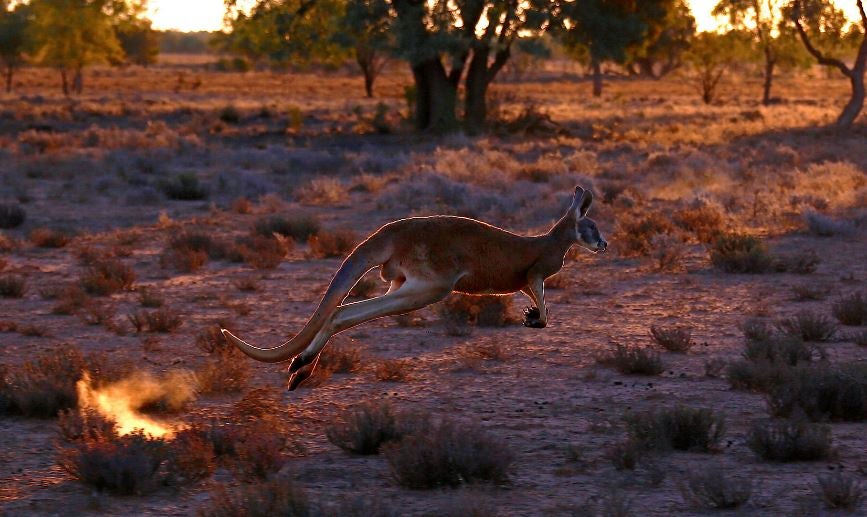Australia has hottest winter on record as climate change drives long-term warming trend
The danger period for bushfires has moved a month forward into September because of the more arid conditions

Your support helps us to tell the story
From reproductive rights to climate change to Big Tech, The Independent is on the ground when the story is developing. Whether it's investigating the financials of Elon Musk's pro-Trump PAC or producing our latest documentary, 'The A Word', which shines a light on the American women fighting for reproductive rights, we know how important it is to parse out the facts from the messaging.
At such a critical moment in US history, we need reporters on the ground. Your donation allows us to keep sending journalists to speak to both sides of the story.
The Independent is trusted by Americans across the entire political spectrum. And unlike many other quality news outlets, we choose not to lock Americans out of our reporting and analysis with paywalls. We believe quality journalism should be available to everyone, paid for by those who can afford it.
Your support makes all the difference.The hottest winter ever has been recorded in Australia amid a "long-term warming trend" mostly caused by climate change, according to the country's Bureau of Meteorology.
Peak temperatures during the day were up by 1.9 degrees Celsius (3.4 Fahrenheit) on the long-term national average of 21.8C during the period between June and August.
Winter rainfall was also down to the least amount since 2002 and the ninth-lowest on record. Australia started charting the statistics in 1900 for rainfall and 1910 for temperatures.
"You have a long-term warming trend which is largely attributed to changing levels of greenhouse gases," the bureau's senior climatologist Blair Trewin told AFP.
"On top of that, to get an individual extreme year like this one, you also need the more general weather pattern to be favourable to warm conditions as well, as this year was."
The bureau also noted that 19 of Australia’s last 20 winters had seasonal top temperatures that averaged above the long-term national average.
Meteorologist Greg Browning said it was "basically this background warming signal that we're seeing right across the globe associated with global warming".
Victoria was faced with the driest winter in more than 10 years, with rainfall “significantly below average,” Mr Trewin told the Herald Sun.
More than 200 weather records were broken during the summer of 2016, with extreme bushfires, heatwaves and flooding.
Australia has warmed by around one degree Celsius since 1910, weather bureau and national science body CSIRO reported.
New South Wales’s Rural Fire Service is bringing forward its bushfire danger period to September, a month earlier because of the hotter and more arid conditions.
Research published in Nature Climate Change last week stated that hotter, drier conditions would increase in frequency even if global warming was kept to the Paris Climate Summit target of 1.5C.
The study warned it would be harder to tackle drought events and wildfires.
The highest-ever recorded temperature in Australia was 50.7C (123.3 F) in Oodnadatta on 2 January 1960.
A firefighting Hercules C-130 plane, dubbed ‘Thor’, has returned to Richmond airbase in Sydney from the United States, to prepare for the country's bushfire season. The aircraft is capable of dropping 15,000 litres of water or fire retardant.
Join our commenting forum
Join thought-provoking conversations, follow other Independent readers and see their replies
Comments